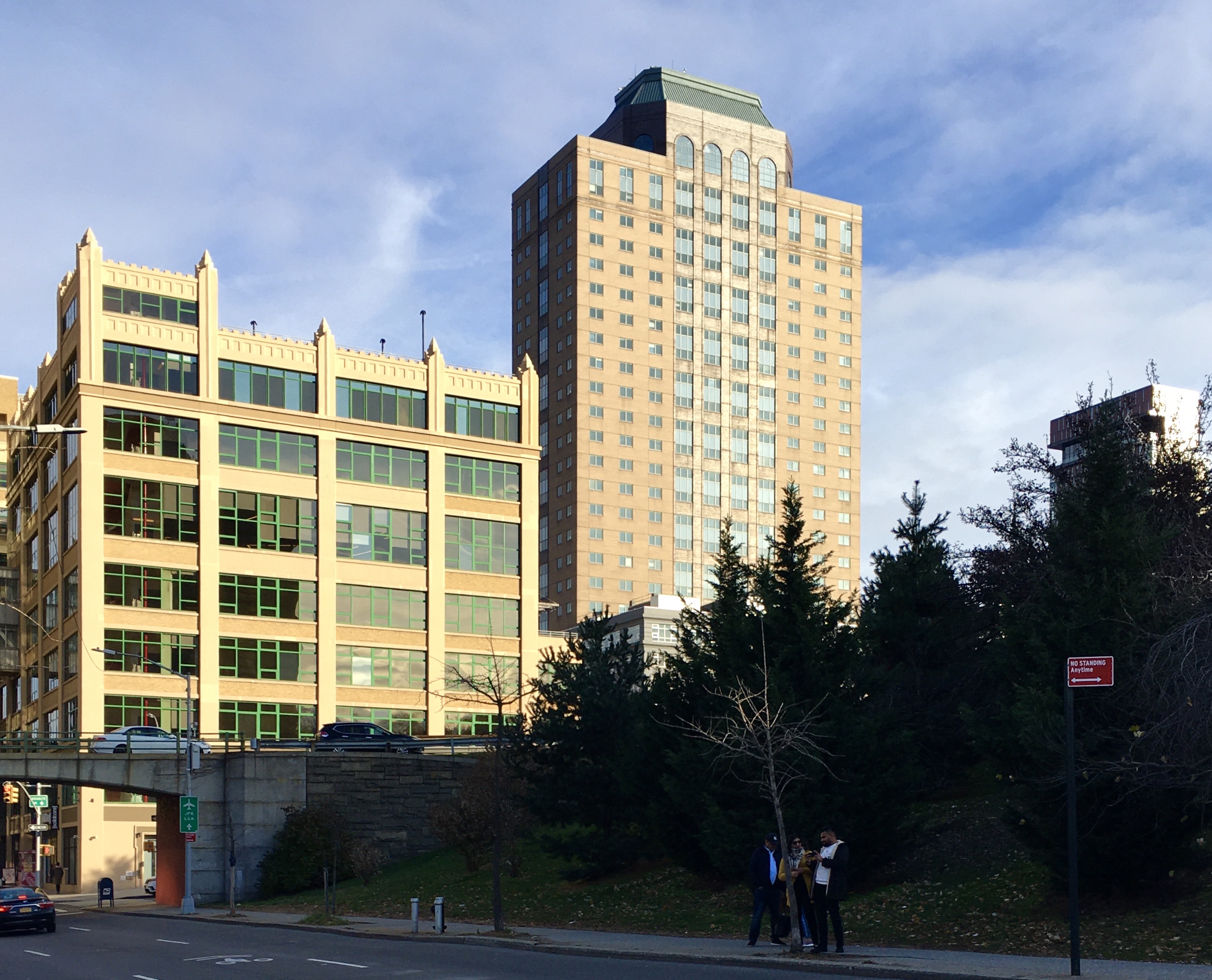DUMBO set to be next front for development’s battle against homelessness
“The cure to homelessness is housing.” Breaking Ground builds it.

A new bill expected to pass in the City Council on Thursday will require certain developers that receive government funding to set aside 15 percent of their new rental units for homeless New Yorkers. All told, the legislation is projected to create about 1,000 new apartments for those most in need of housing each year — in addition to the 1,300 apartments the city will develop on an annual basis.
But even with the added housing, there are still 79,000 people in New York City living in shelters and on the streets — a number that represents 14 percent of the entire nation’s homeless population. One nonprofit is hoping to put in the extra work to make more change, especially in Brooklyn, a borough fast becoming unaffordable for its residents.
Breaking Ground, an organization committed to ending homelessness by developing and managing buildings with supportive housing and specialized programs, appears postured to reimagine a one-time Jehovah’s Witness hotel at 90 Sands St. in DUMBO.
